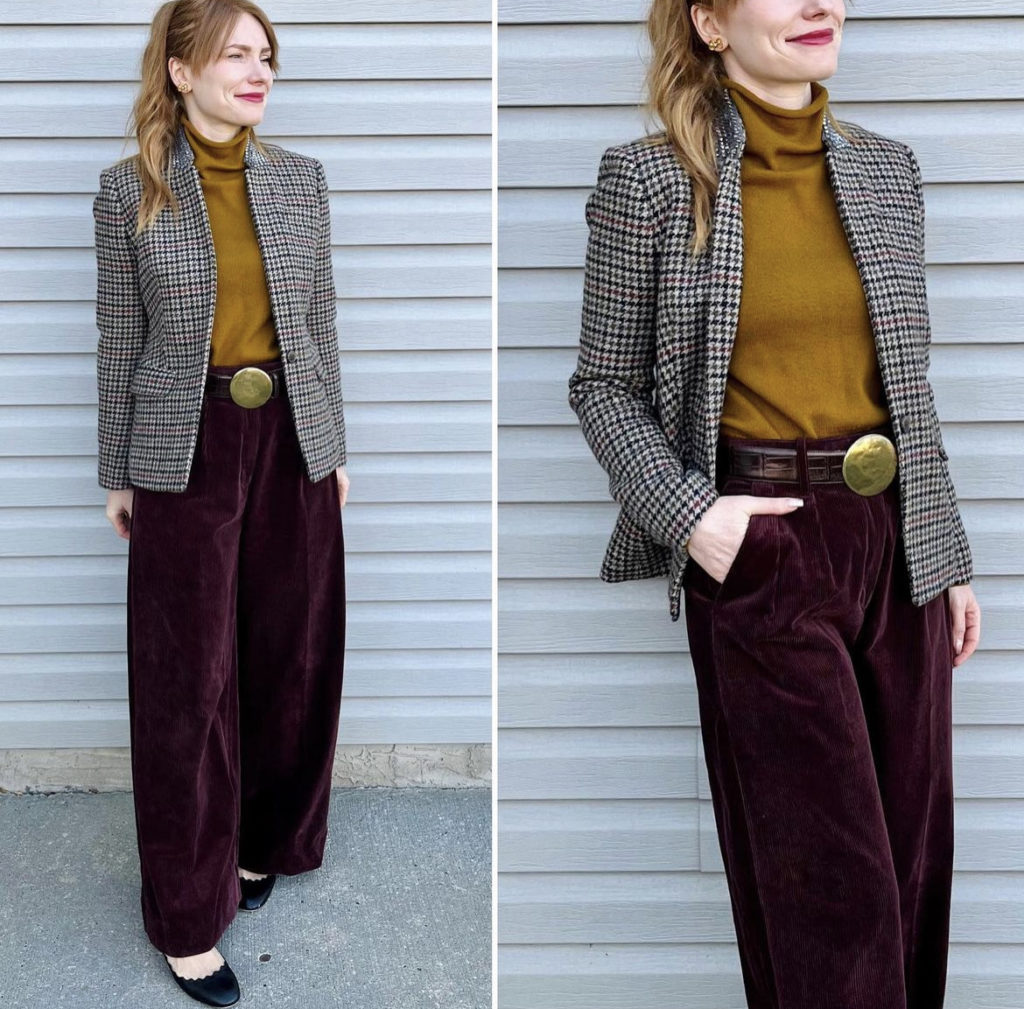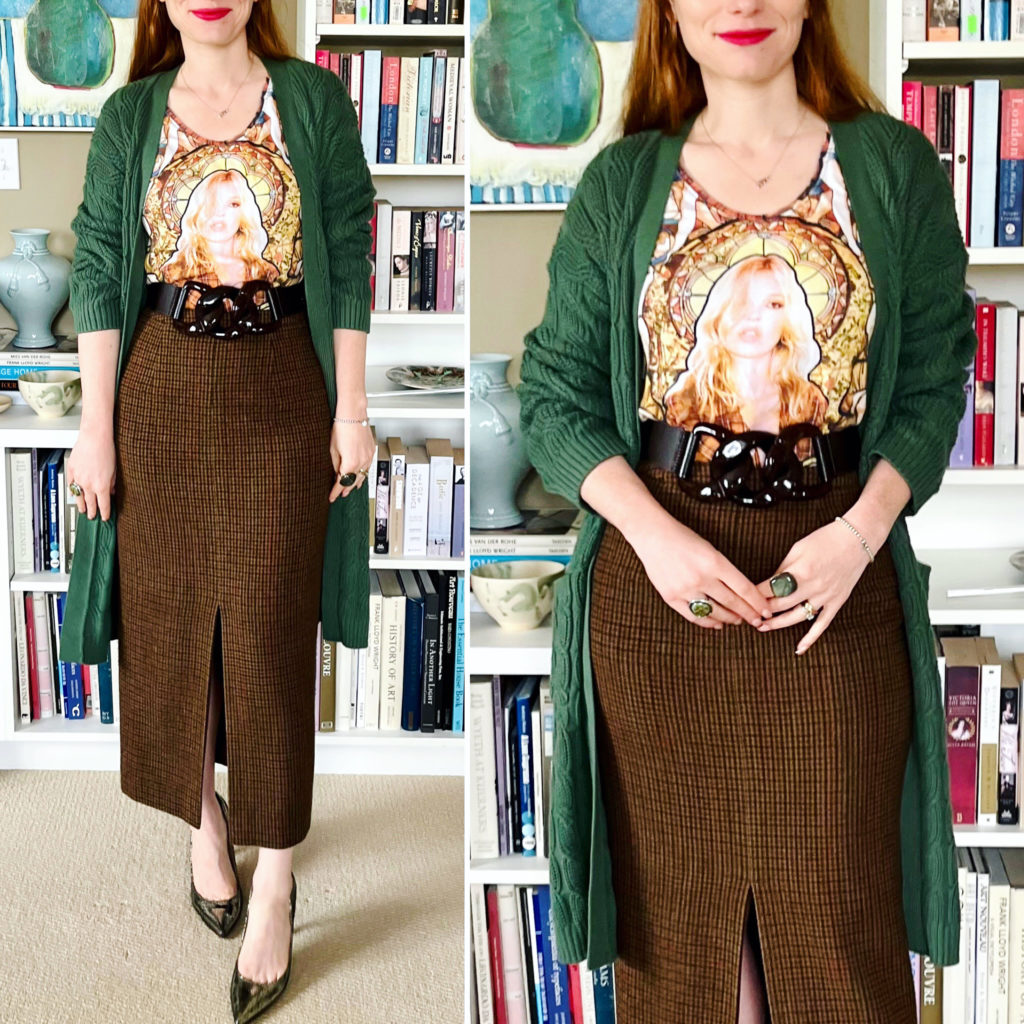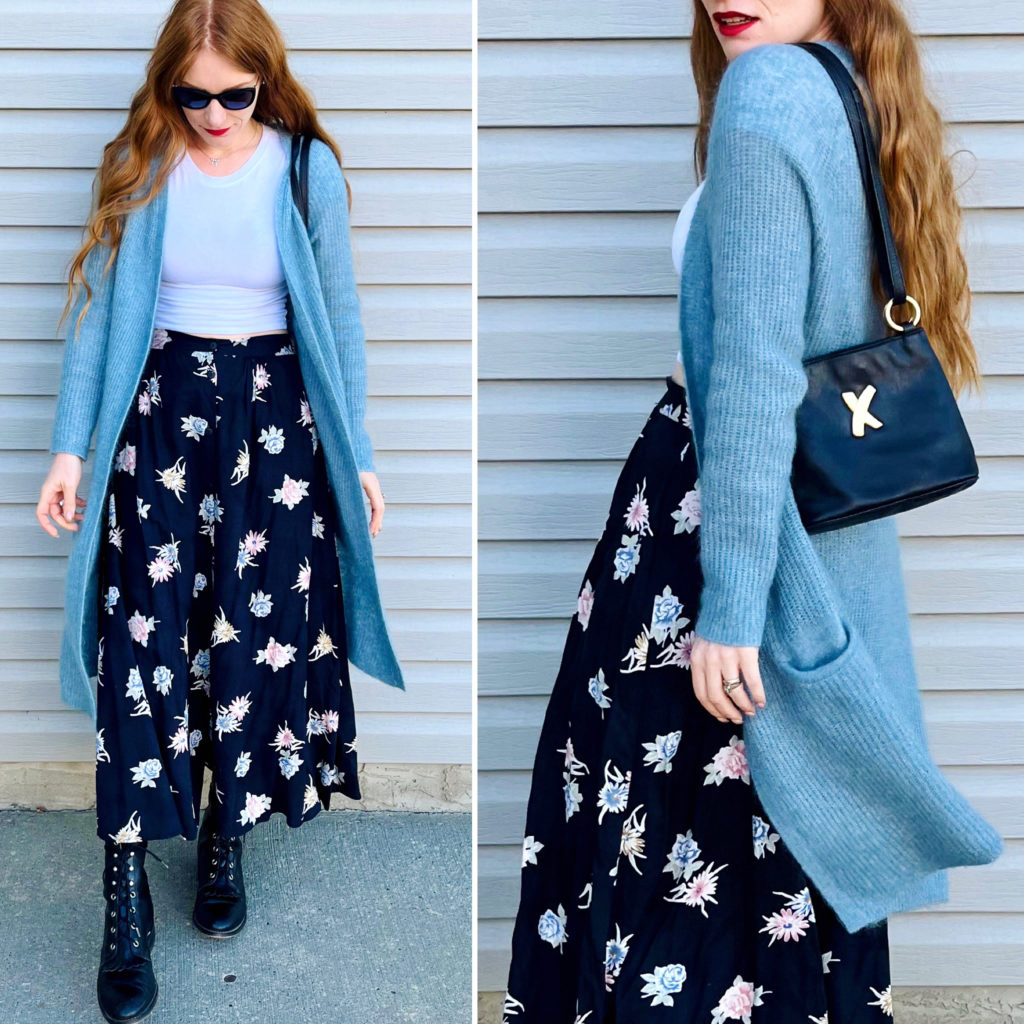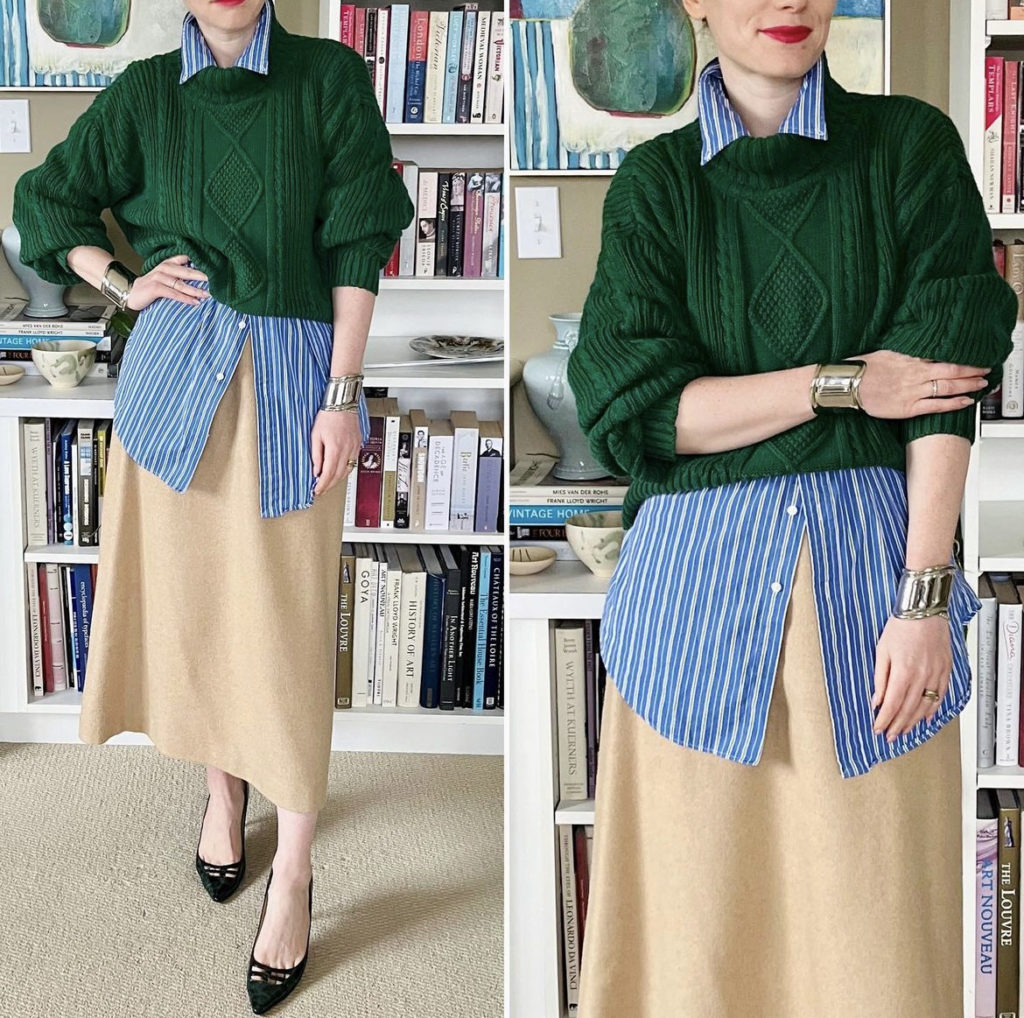We are coming up on the time of year that always feels the heaviest to me. The change in weather and diminishing daylight affect my mood negatively; November feels especially somber because (in Canada) there are no festive occasions to lighten things up. This year, though, I want to lean into the transition rather than fight it. November is a downward and inward movement – into the slumber of winter, into one’s subconscious. (I like to think of it as the season of Persephone Descending.) Being able to experience this in a warm, safe environment is a privilege I don’t take for granted. I am never more grateful for my cozy cocoon of a house than I am this time of year.
To honour the season, this year I am adopting a few slow rituals. These are activities that require me to slow down, pay attention to my senses, and fully immerse myself in what I am doing in the moment. They help to bring intentionality and mindfulness into my days. I do most of these early in the morning, as a way to set the mood.
Light a Candle
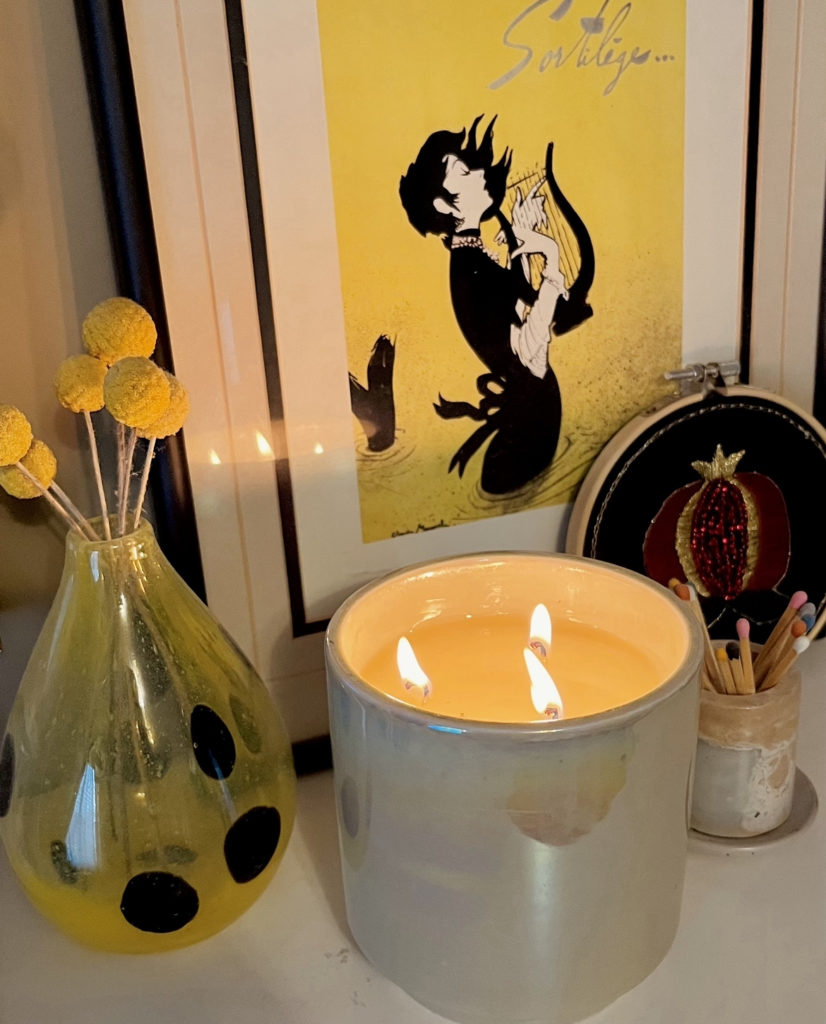
I have become a fan of scented candles in the last few years, but I never burn them in the spring and summer months. To me, they are a quintessentially winter experience. Lighting them and watching the soft glow of the flame is soothing. Having a fragrant working space (at home) is a bonus. I like Paddywax candles, but I also use Sand & Fog and other brands – it’s really all about the scent for me. I love woodsy, smoky, and light floral smells the most. I usually light a candle near my office space right before I start working in the morning, and let it burn for a couple of hours. The scent can linger, then slowly fade. I sometimes also light candles in the evening, as a nighttime ritual before bed.
Make a Cup of Tea

I am not a big tea drinker, and I rarely drink tea in the warmer months. But, lately, I have been rediscovering the joy of tea (especially as I am trying to cut down on my consumption of diet Coke, my staple beverage). Buying a new kettle has transformed the process for me as well. We hadn’t had a proper kettle for more than a decade, and boiling water in a pot on the stove was a hassle. Our new Smeg kettle is a delight, though. Filling it up and pressing the little lever to start it is part of the tactile joy of making a cuppa. So is selecting a mug from my thrifted collection. For the tea itself, I am partial to David’s Tea Forever Nuts and Acquired Taste Lemon Cream, but I also enjoy Earl Grey and roiboos teas. When I’m having the latter, I have started to add milk as well to make it a richer tasting experience.
Use a Fountain Pen
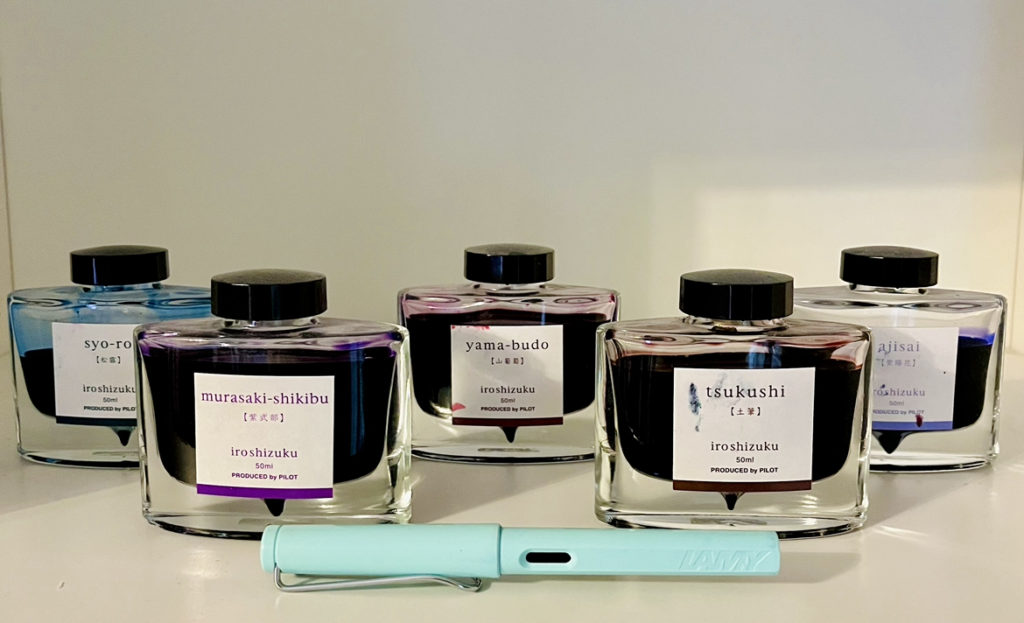
I have a lovely collection of Lamy pens but had fallen out of the habit of using them. After years of gel pens and Sharpie markers (and don’t get me wrong, I still love those), I’ve picked up my fountain pens again, especially for writing at work. Refilling the ink is an important part of the process, as is selecting the colour. I use Iroshizuku inks, which have lovely colours and flow beautifully. Writing with a fountain pen also transforms my writing; I slow down and write more neatly and with a more rounded hand.
Wear Perfume
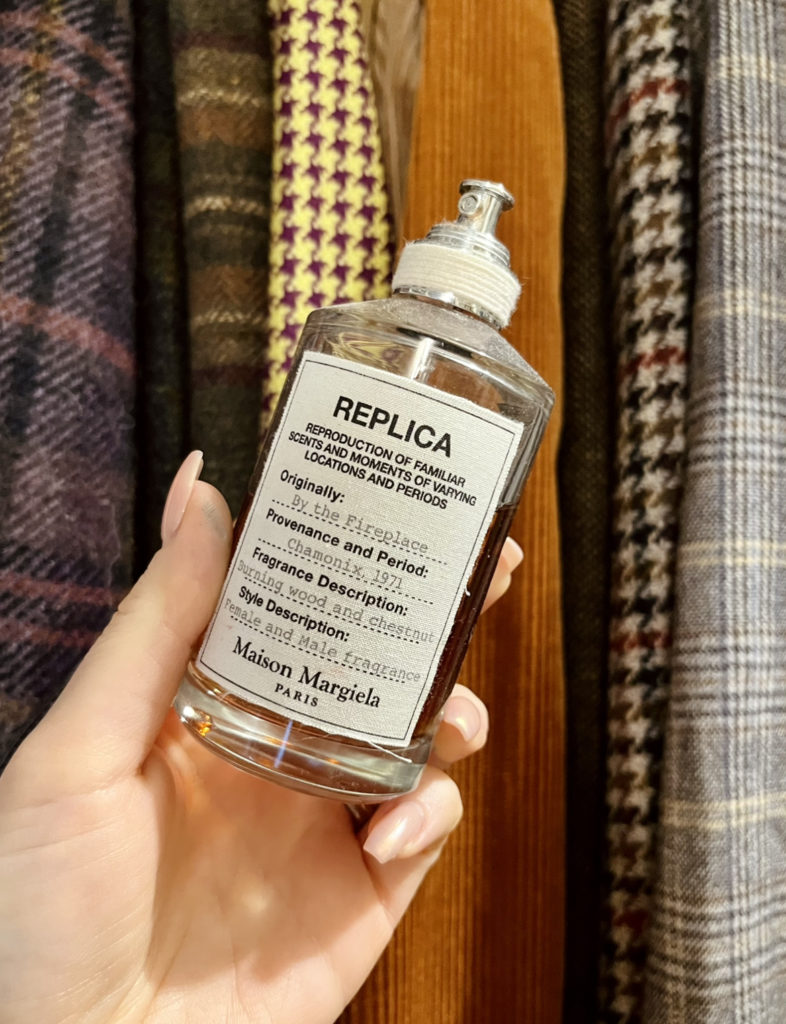
After I started working from home, I pretty much stopped using perfume (much like I stopped wearing makeup most days). But wearing perfume for oneself is not unlike getting dressed up for oneself (which I’ve always continued to do): it feels luxurious. It is a sensual delight, and slow rituals are all about appreciating our senses. I only have a couple of perfumes at the moment: By the Fireplace from Maison Margiela, and Butterfly from Hanae Mori. I am planning to buy a couple more – perhaps revisiting some old favourites in the process.
Write in a Journal
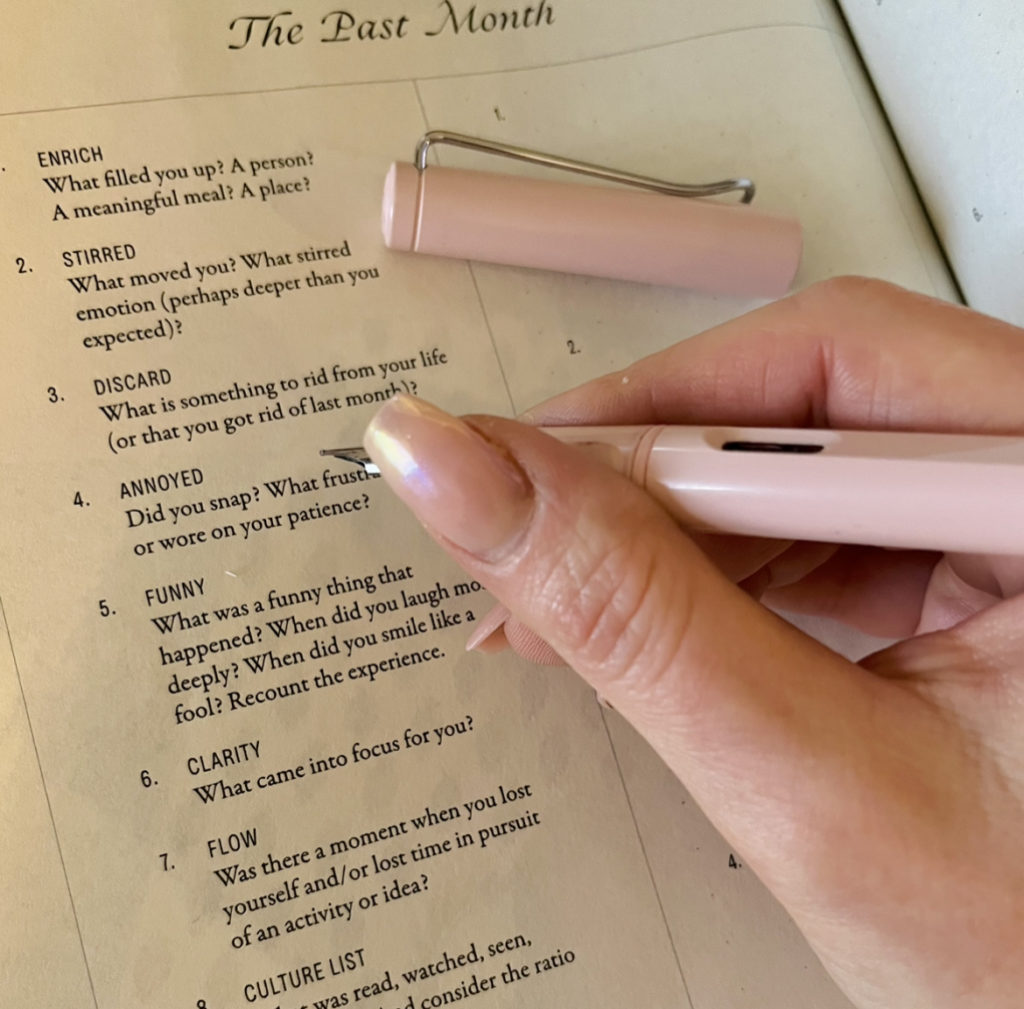
This is another habit that fell victim to my hectic schedule this year. Because I have other outlets for creative writing, keeping a diary feels like more like updating a written calendar than a creative exercise. It doesn’t appeal to me from my perspective. But I enjoy journaling as a meditative exercise; I’ve been writing in this Moon Journal for years now (it’s supposed to be weekly, but we can all make our own schedules) and I have picked it up again. I love the prompts, especially because many of them encourage you to focus on the senses. I usually journal in the evenings (alternating with tarot meditations) as a way to unwind from and release the day.
These slow rituals have allowed me to enter the dark time of the year in a more gentle and loving manner, which in turn has had a positive impact on my mental wellbeing. I think anything can serve as a slow ritual, depending on one’s personality and preferences, as long as it involves taking time to really savour the moment and sink into a sensory experience. I would love to hear from you about your own slow rituals and other ways that you navigate this season.

